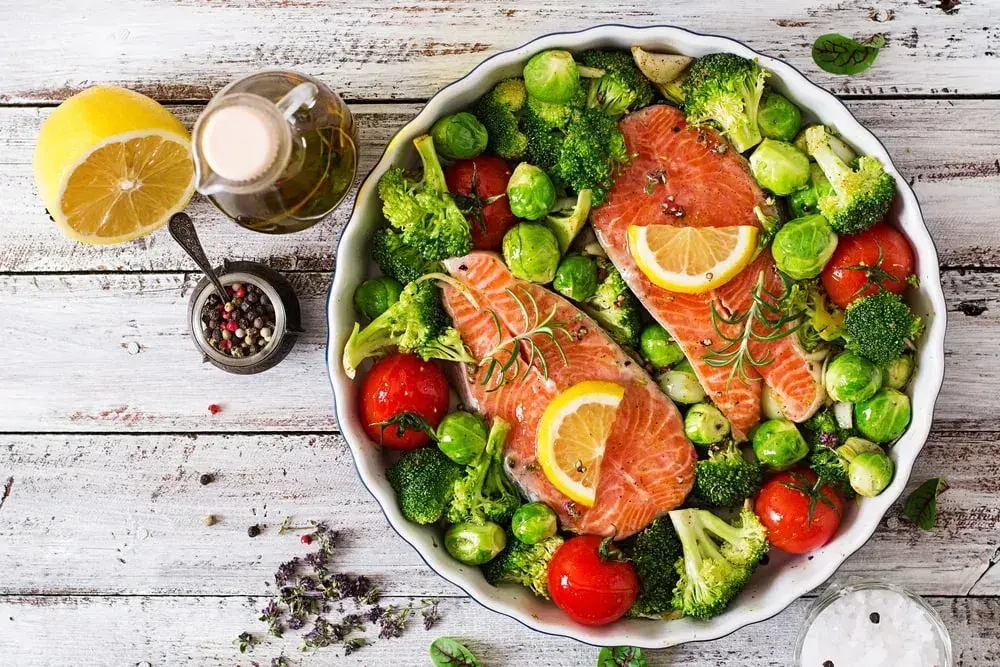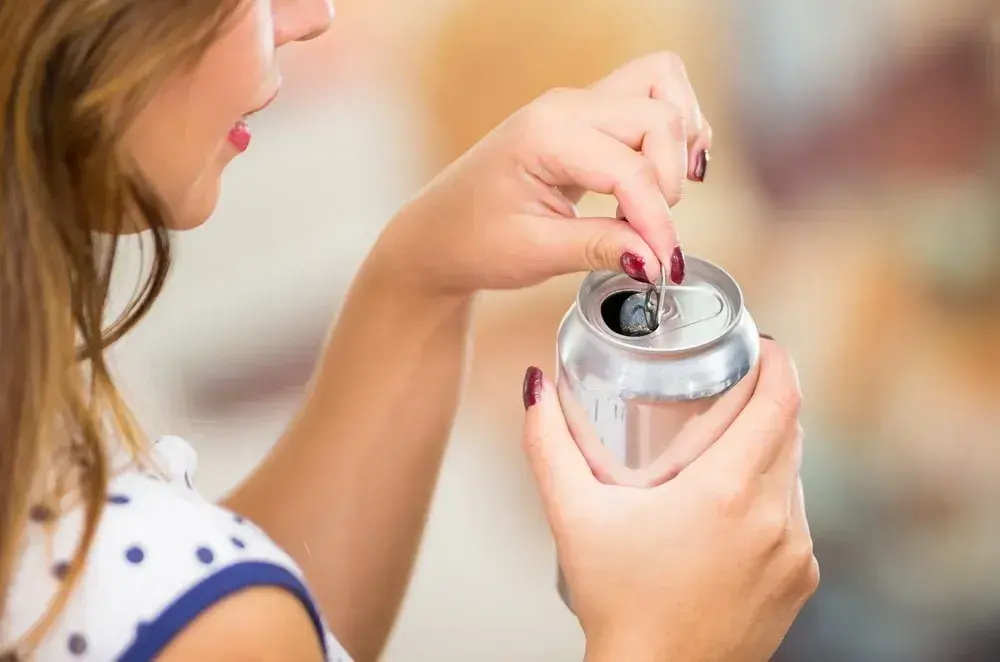
/assets/images/provider/photos/2579748.jpg)
It’s not an easy task to avoid or limit your sugar consumption these days. Many processed foods, even ones you wouldn’t expect, contain added sugar — some in alarmingly high amounts.
You may assume that you can look at the ingredients list to see if there’s added sugar. Unfortunately, this isn’t always reliable because there are many different names for sugar — nearly 70, as you’ll see here.
And to add to the challenge, food labels often don’t tell you how much added sugar you’re getting. At least, not yet. The FDA is going to require the nutrition facts panel to specify added sugars in a food product — but food companies aren’t required to make this change until January 2020 at the soonest.
So, in the meantime, becoming familiar with the different names for sugars will be a skill that’s worth mastering if you want to improve your health.
Breaking down the different types of sugar
You may have heard that “all sugars are the same,” but this isn’t true. The three different sugar types — fructose, glucose, and sucrose — are processed differently by the body. As such, they can have different effects on weight, diabetes risk, and overall health.
Glucose
Glucose is an essential building block for carbohydrates. When a person eats a food that contains carbohydrates, the body breaks the carbohydrates down into glucose. This triggers the pancreas to release insulin, a hormone that delivers glucose to the body’s cells. Then, the glucose is used by the body as needed for energy. That’s why blood sugar is also known as glucose.
Although people think of a high glucose level as unhealthy, especially with diabetes, eating healthy amounts of carbohydrates and glucose isn’t necessarily worse for you than eating other kinds of sugar. But, people who have diabetes will need to work with their doctor to determine how much glucose or how many carbs they should eat.
Fructose
Fructose is found naturally in fruit and honey. Fructose is also used as a sweetener in many foods, including those that contain high-fructose corn syrup.
One of the key differences between glucose and fructose is how the body uses it. The body’s cells can’t use fructose for energy, so the liver has to metabolize fructose on its own. When a person eats high amounts of fructose, the liver can’t keep up with the demand to process it. In response, the liver makes fats that are transported into the blood and stored as triglycerides. This is why a high-sugar diet can raise cholesterol and triglyceride levels.
In addition, consuming large amounts of beverages or foods that contain high-fructose corn syrup can lead to an increased appetite, according to some research. Another study found that cutting back on consumption of fructose can help decrease belly fat and fat in the liver.
High-fructose corn syrup has gained an infamous health reputation because we know that fructose isn’t good in high amounts. But the amount of fructose in high-fructose corn syrup can vary widely, and there’s no way to know which kind you’re consuming in processed foods. Some types of high-fructose corn syrup contain just 55 percent fructose, while others contain a staggering 90 percent.
This doesn’t mean all fructose is bad all the time. Small amounts of naturally occurring fructose, such as those found in fruit, can be part of a healthy diet.
Sucrose
Sucrose is the most common type of sugar, commonly called white sugar or table sugar. It is usually derived from sugar cane or sugar beets.
Sucrose is made up of one glucose molecule and one fructose molecule. In other words, it’s half glucose and half fructose. Many processed foods and desserts contain sucrose.
Names for sugar on food labels
Knowing the different types of sugar and how they act in the body is the first step. Now, you need to know the different names for each of these types. This can help you limit or avoid consuming added sugar in food products — especially those that are labeled as healthy.
Glucose-based sugars
These types of sugars contain one or more types of glucose. They can spike blood glucose levels in people with diabetes and are considered high-GI sugars. For this reason, people with diabetes should consult a doctor about how much glucose they should consume.
Some of these sugars may be highly processed, but they have one thing going for them: they are not linked with the health problems that fructose-based sugars may cause.
- Barley malt
- Barley malt syrup
- Brown rice syrup
- Corn sweetener
- Corn syrup
- Corn syrup solids
- Dextrin
- Dextrose
- Diastatic malt
- Ethyl maltol
- Glucose
- Glucose solids
- High-maltose corn syrup
- Lactose
- Malt syrup
- Maltodextrin
- Maltose
- Rice syrup
Fructose-based sugars
These sugars contain varying amounts of glucose and fructose. Most of them are some form of sucrose, also known as table sugar.
Though you may have been told that some of these sugars are healthier because they are lower-GI foods, such as agave nectar, consuming too much of these fructose-based sweeteners is linked to a number of health issues. So, even if these have natural-sounding names or healthy labels on them, these sugars should be limited.
- Agave nectar
- Agave syrup
- Beet sugar
- Birch syrup
- Blackstrap molasses
- Brown sugar
- Buttered syrup
- Cane juice
- Cane juice crystals
- Cane sugar
- Caramel
- Carob syrup
- Castor sugar
- Coconut sugar
- Confectioner’s sugar
- Date sugar
- Dehydrated cane juice
- Demerara sugar
- Evaporated cane juice
- Florida crystals
- Fruit juice
- Fruit juice concentrate
- Golden sugar
- Golden syrup
- Granulated sugar
- Grape sugar
- High-fructose corn syrup
- Honey
- Icing sugar
- Invert sugar
- Maple sugar
- Maple syrup
- Molasses
- Muscovado sugar
- Natural sugar
- Non-centrifugal cane sugar
- Panela sugar
- Powdered sugar
- Raw sugar
- Refiner’s sugar
- Refiner’s syrup
- Raw sugar
- Sorghum syrup
- Sucanat
- Sucrose
- Syrup
- Treacle sugar
- Toffee
- Turbinado sugar
- Yellow sugar
Cutting back on sugar can be beneficial for your health. And with all of these sneaky ingredients to watch for, you may be tempted to reach for products labeled “sugar free.” But be careful here as well — these foods often contain high amounts of artificial sweeteners. Many of these chemical sweeteners have unknown effects on health. A recent study found that some artificial sweeteners are toxic to the gut’s microbiome. And, having a healthy gut is a key to achieving a healthy weight.
Try sugar alternatives such as stevia, which is a plant with a natural sweetness, or xylitol, which is a sugar alcohol that appears to be safe and well-tolerated.
You can learn to cut back on sugar and get healthier, and we can help you every step of the way! Garcia Weight Loss offers personalized weight-loss programs designed to address the underlying factors that can interfere with weight loss and other health goals. Contact us today for your no-cost consultation!



